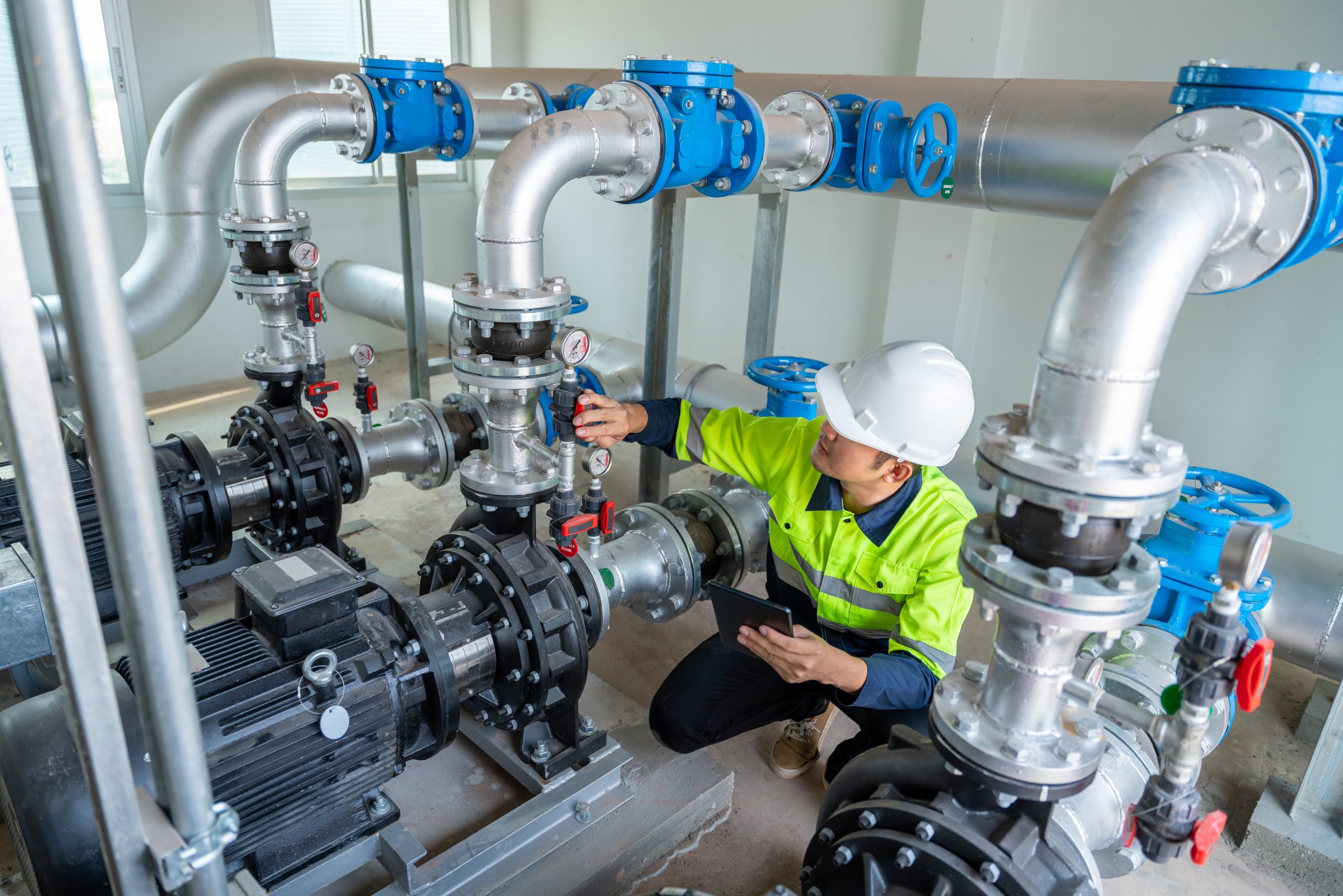Remaining Life Assessment (RLA)

Introduction
The integrity and safety of pipelines are paramount for operators. As pipelines age, they can become susceptible to defects, such as corrosion and cracks. Remaining Life Assessment (RLA) is a systematic approach used to evaluate the health of pipelines, gauge their lifespan, and ensure that they operate safely for their intended service life.
Regulatory and Standard Framework
Several standards and regulations guide the RLA process:
- 49 CFR 192.939: Defines requirements for confirming the maximum allowable operating pressure (MAOP) for segments of transmission pipelines.
- API 1169: Specifies the qualification of pipeline personnel to ensure safety during pipeline construction and maintenance.
- ASME B31.8S: Details the process for managing system integrity of gas and liquid pipelines.
Approach to Remaining Life Assessment
-
- Pressure Cycle Fatigue Analyses: Determines the number of cycles a pipeline can safely endure at a given pressure range. The more cycles at higher pressures, the shorter the pipeline’s remaining life might be.
- Rainflow Analysis of Pressure Spectrums: This method counts cycles in a complex pressure spectrum to determine fatigue damage, revealing the pipeline’s potential life.
- Flaw Sizing Non-Destructive Examination (NDE): Flaws and defects are sized using advanced non-destructive testing techniques to understand their nature and severity.
- Growth Rates for Time-Dependent Anomalies: Different defects grow at different rates. By understanding these rates, one can predict the time it might take for a defect to become critical.
Importance of Remaining Life Assessment
-
- Safety Assurance: Regular RLA ensures that potential threats to pipeline integrity are detected and addressed before they lead to catastrophic failures.
- Operational Efficiency: By predicting and preventing potential failures, operators can avoid costly downtimes and maintain efficient operations.
- Regulatory Compliance: Adhering to the guidelines and standards ensures pipeline operations comply, avoiding potential penalties.
- Informed Decision Making: With accurate RLAs, operators can make informed decisions about repairing, replacing, or further monitoring pipelines.
Conclusion
Remaining Life Assessment (RLA) is vital in managing pipeline assets. With the potential risks associated with pipeline failures, such as environmental damages and safety hazards, RLA provides an essential service. By integrating techniques, such as pressure cycle fatigue analyses and using advanced NDE methods, operators can ensure the safety and longevity of their pipeline assets, meeting operational and regulatory standards.

